Nissan and 4R Energy develop new EV charging system combining solar and Li-ion batteries
Green Car Congress
JULY 11, 2011
and 4R Energy Corporation, a joint venture established by Nissan and Sumitomo Corporation in September 2010 to explore second-life applications for automotive battery packs ( earlier post ), have developed a charging system for electric vehicles that combines a solar power generation system with high-capacity lithium-ion batteries.





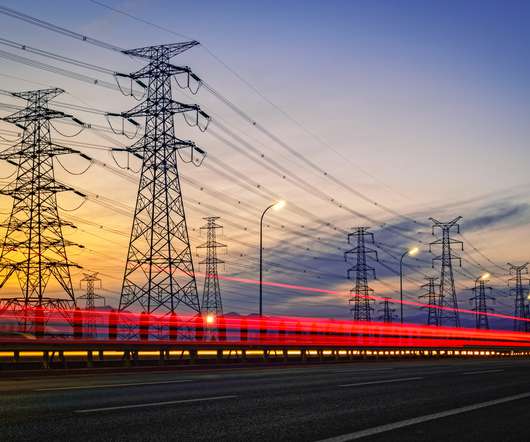
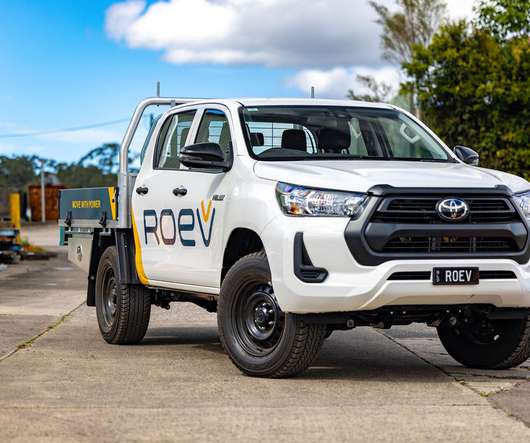
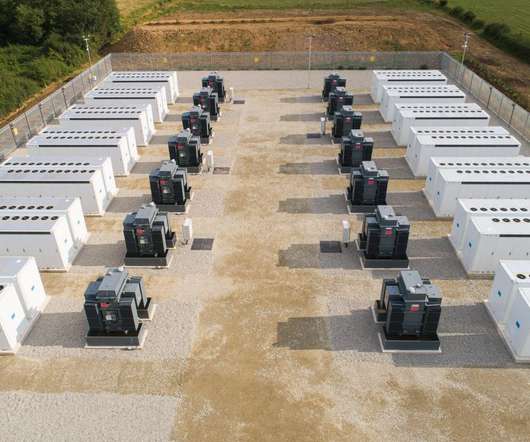

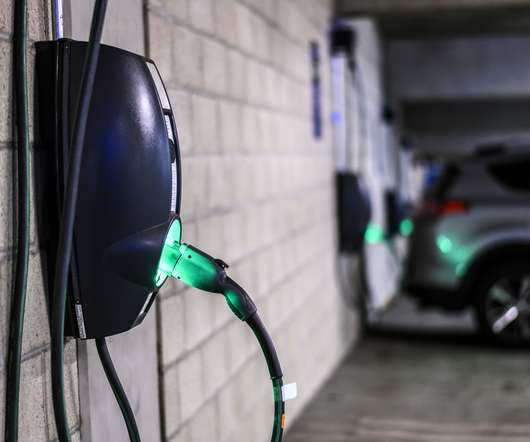
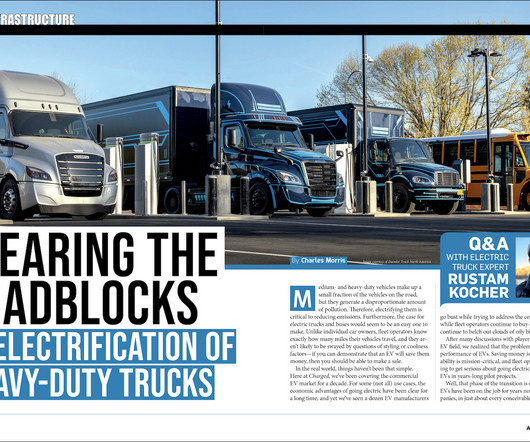






Let's personalize your content